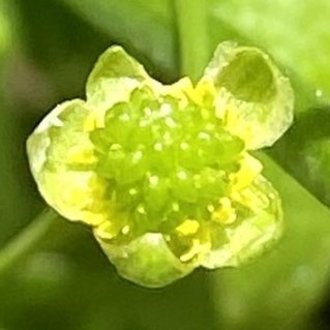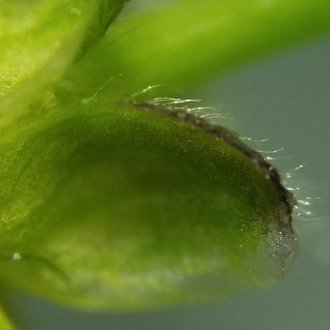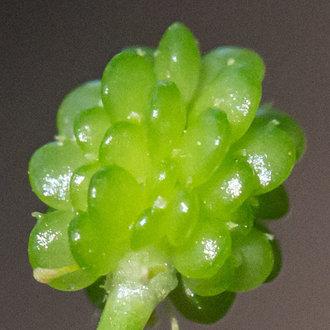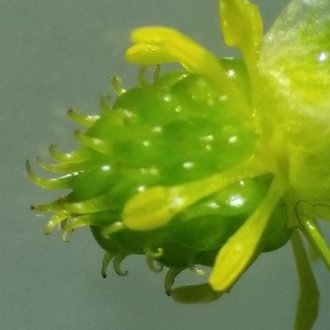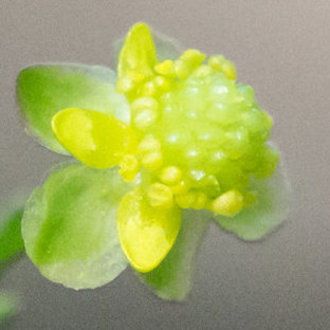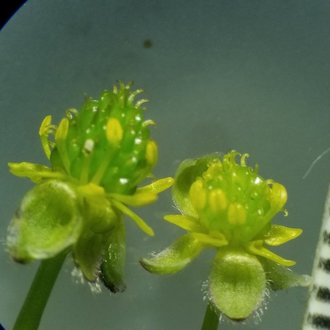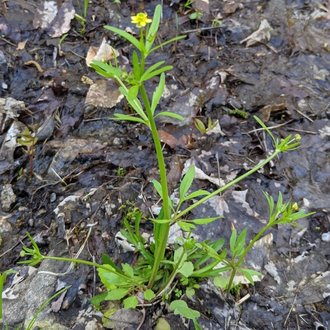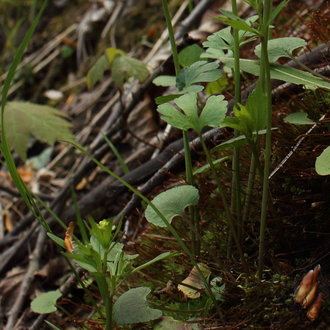Small-Flowered Buttercup vs Allegheny Mountain buttercup
This guide is under construction and has not been published yet. It may have errors. When in doubt, double-check other sources for definitive ID.These plants are difficult to distinguish; where their ranges overlap they can sometimes occur together in the same habitat. They can be told apart by differences in petal and sepal length, pubescence of the sepals, and length of the achene beaks. Ranunculus abortivus is much more common and widespread, especially in sunny and disturbed habitats. Ranunculus allegheniensis is more restricted overall, and more likely to be found in rich woods, especially in areas with calcium-rich bedrock.
Small-Flowered Buttercup (Ranunculus abortivus) | Allegheny Mountain buttercup (Ranunculus allegheniensis) |
An inconspicuous but widespread and common flower, a biennial or short-lived perennial. | A perennial of woodlands to partly wooded areas, mostly limited to the Appalachians and mountainous areas of the northeast, usually on sites with calcium-rich bedrock. |
Sepals have no hairs on their back surface. Photo © Sandy Wolkenberg, CC BY 4.0. | Back of sepals is hirsute (covered in stiff hairs.) Photo © Daniel McClosky, CC BY 4.0. |
Beak on the end of each seed much shorter (0.1-0.3mm), less visible, only slightly curved. Photo © Bill Keim, CC BY 4.0. | Beak on the end of each seed longer (0.6-1mm), more conspicuous, and strongly curved back. Photo © Daniel McClosky, CC BY 4.0. |
Petals longer (2.5-3.5mm), more than half the length of the sepals. Photo © Bill Keim, CC BY 4.0. | Petals shorter (1-1.5mm), less than half the length of the sepals. Photo © Daniel McClosky, CC BY 4.0. |
Plants average sparser, with lower average surface area of foliage reflecting sunnier habitats. Basal leaves broad, but upper leaves usually narrow. Broad but deeply-lobed leaves are possible but less likely. Photo © Nick Kleinschmidt, CC BY 4.0. | Plants average slightly more robust, leaves more likely to be broad but with deeply-cut lobes. Higher average surface area of foliage reflects shadier habitats. Photo © Daniel McClosky, CC BY 4.0. |
References & External Resources
These short lists show only links helpful for ID. For a complete list of references and resources also covering other aspects of ecology, visit the links section of the full article on each plant, which is the first entry here.



